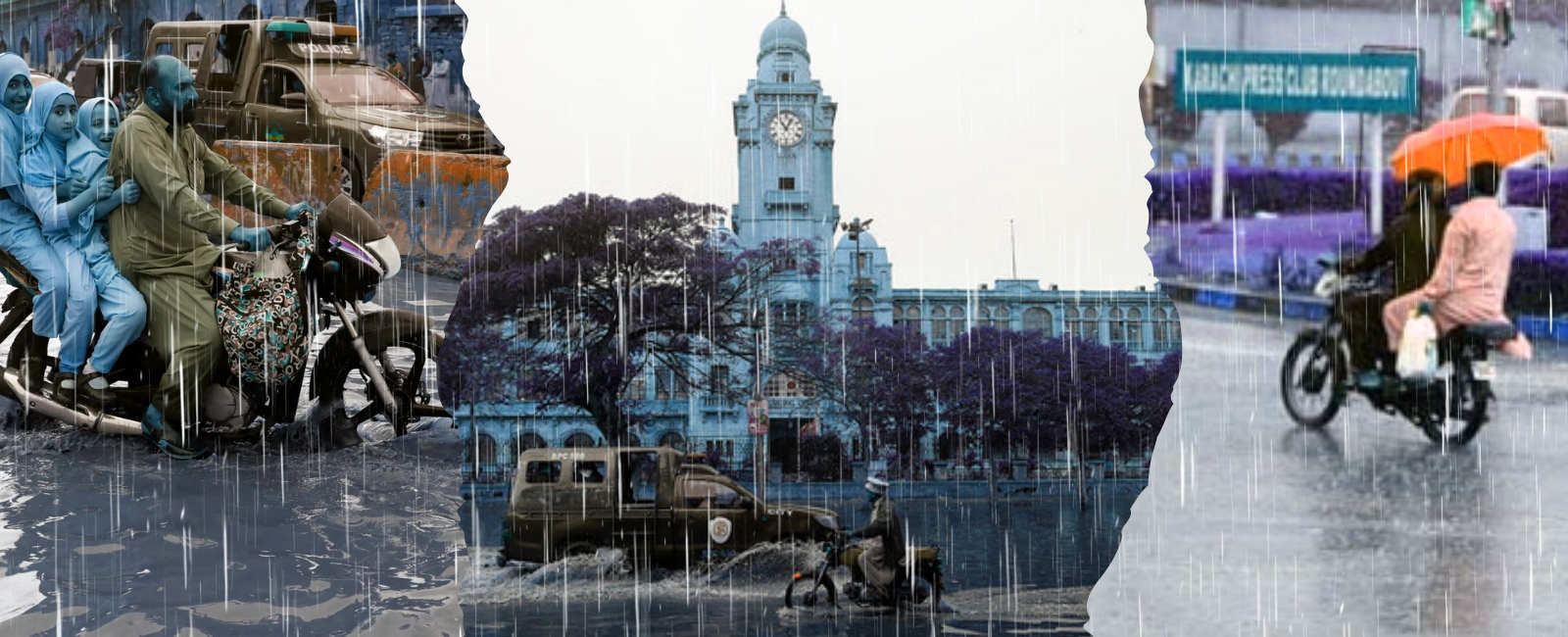REPLUG: Rethinking urban flood resilience for a changing climate
When Karachi witnesses a heavy spell of rain, it remains vulnerable to climate change-induced weather patterns and urban flooding

Whenever clouds burst over Karachi, Pakistan's largest metropolis, popularly known as the 'city of lights', it is not only plunged into darkness but also into a murky mix of rain and sewage water — voilà, 'urban flooding'.
Now, it is a very familiar term as everyone knows that the city roads, where daily life runs at its fastest pace, suddenly turn into floods due to rain, and it is not possible to differentiate between roads and drains. Houses are submerged in 70% of the city's areas, the traffic system across the city is disrupted, and chaos prevails as if the city is paralysed. But this is not a one-day story; rather, there is a history behind it, and there are many reasons for bringing the city to this stage, including the city's inadequate drainage system, decades of neglect, irregularities in the waste disposal system, and much more. The most important thing is that with each passing year, the situation is getting worse.
On one hand, there is dilapidated infrastructure; on the other hand, the intensity of the rains is also increasing. Due to the increasing population and lack of planning, construction on water routes has left no stone unturned in drowning the city. In the midst of this chaos, people are trying to complete their daily routines by wading through stinking water and mud. Their frustration is growing louder and louder as their grievances have been falling on deaf ears for the last many years.
According to the Pakistan Meteorological Department's (PMD) seasonal outlook report for January, February and March 2025, the negative phase of climate indicators like El Niño Southern Oscillation (ENSO) is expected to persist; whereas, the Indian Ocean Dipole (IOD) is transitioning from negative to natural phase, which is likely to persist during the ongoing season. Therefore, due to the prevailing western weather systems, Sindh is expected to receive near-normal rainfall.
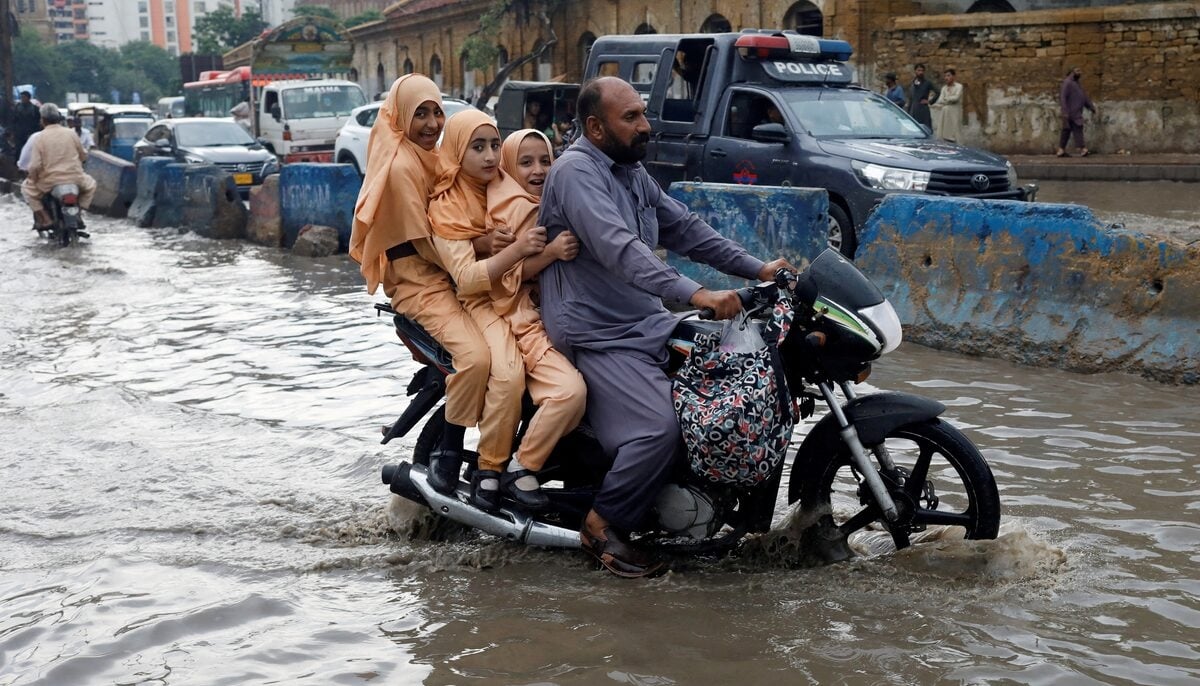
This is alarming, as, despite the monsoon rain and urban flooding in 2023, Karachi witnessed urban flooding in February 2024 due to winter rainfall during which at least 20 to 25 areas of the city were inundated including the red zone, Ziauddin Ahmed Road, II Chundrigar Road, Defence Housing Authority (DHA), Governor's House and many other areas. People were forced to stay in offices all night, while others were stuck on the roads for hours. The city faced an electricity breakdown for almost an entire day, and it took the authorities two days to clear affected areas and roads from water.
Karachi is the only city in Pakistan that has been given the dual responsibility of upgrading its drainage infrastructure as well as its waste management. While winter rains and urban flooding may threaten the city, it is crucial to also note what it would be like months down the road when monsoon season hits, as it remains vulnerable to insufficient climate resilience measures, inadequate urban planning, and underdeveloped drainage systems.
Facing challenges, the question now arises: Will this city be able to overcome these problems in the coming months, as exacerbated rain patterns loom, or will it continue to sink into floodwaters and its garbage?
The cost of urban flooding
We can say that along with the rains, other problems also play a role in the devastating urban floods in Karachi, including inadequate infrastructure and fragmented urban governance. In a coastal city with multiple layers of governance, the issue of urban flooding has been complicated by factors ranging from illegal construction on drains to urbanisation, densification, land reclamation, deteriorating infrastructure, poor road engineering, inadequate waste management, and a lack of institutional capacity. The situation is such that, with rainfall, gutters overflow and potholes go under stagnant water, creating particular challenges for commuters, especially motorcycle riders.
Climate change and shifts in rain patterns do have a role in Karachi’s urban floods, but they are not entirely responsible for it as the state of the city’s infrastructure is also a factor here. The city has largely relied on 'jugaad' (makeshift solutions), and now, with the population forecast to surpass 35 million by the end of 2025, not much has been done to address the issue.
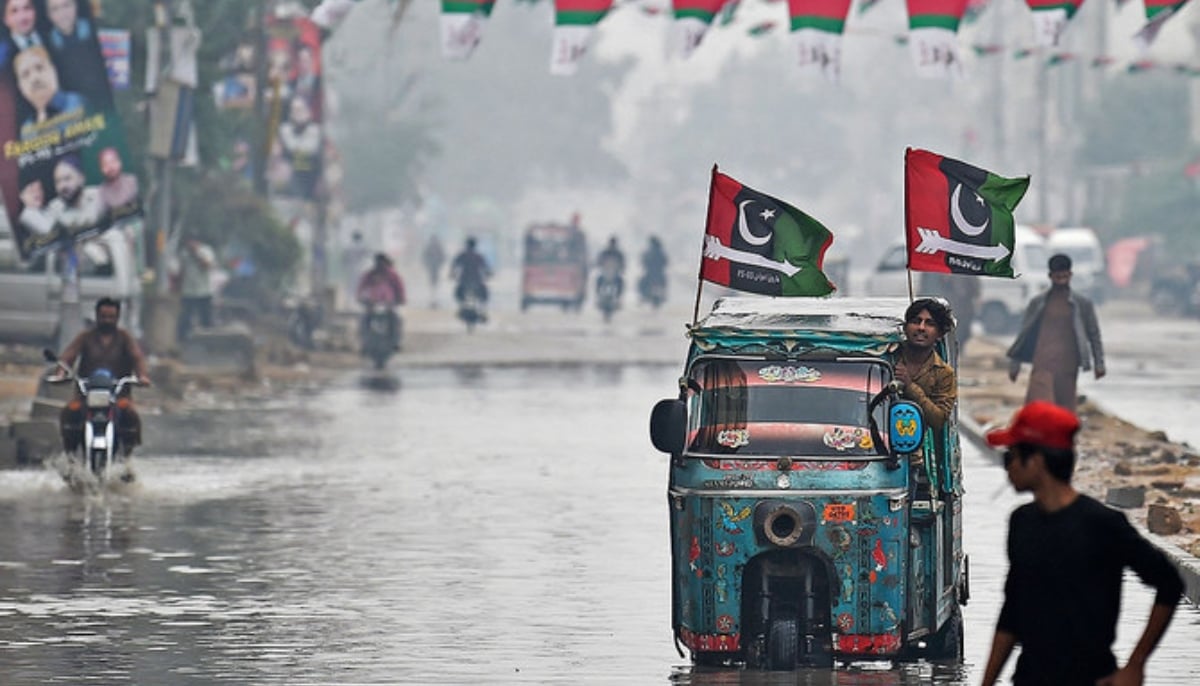
It seems authorities have learned nothing from the major urban flooding in August 2019, August 2020, September 2021, and July 2022 in the metropolis. Those deluges exposed the fragility of the city’s infrastructure and governance. The roads turn into rivers, inundating homes and businesses, and stranding thousands living in informal settlements.
The economic toll of these disasters has been substantial, with the Nursery Furniture Market in Karachi being a major example, as it is submerged in water every year, and no steps are taken to prevent it. Karachi's infrastructure, once a symbol of the city’s growth, has now crumbled and it cannot stand the forces of nature primarily owing to institutional incompetence and negligence.
Dumping waste in drains
Karachi’s storm drains or local vernacular nullahs are a stark reminder of the city’s dilapidated infrastructure. Before the 1990s, the city’s storm drains and sewerage systems were separate; however, the clumsy administration of the Karachi Water and Sewerage Board (KW&SB) without any foresight merged them. This inexpedient step was taken at a time when the city administration had failed to manage its ever-growing solid waste.
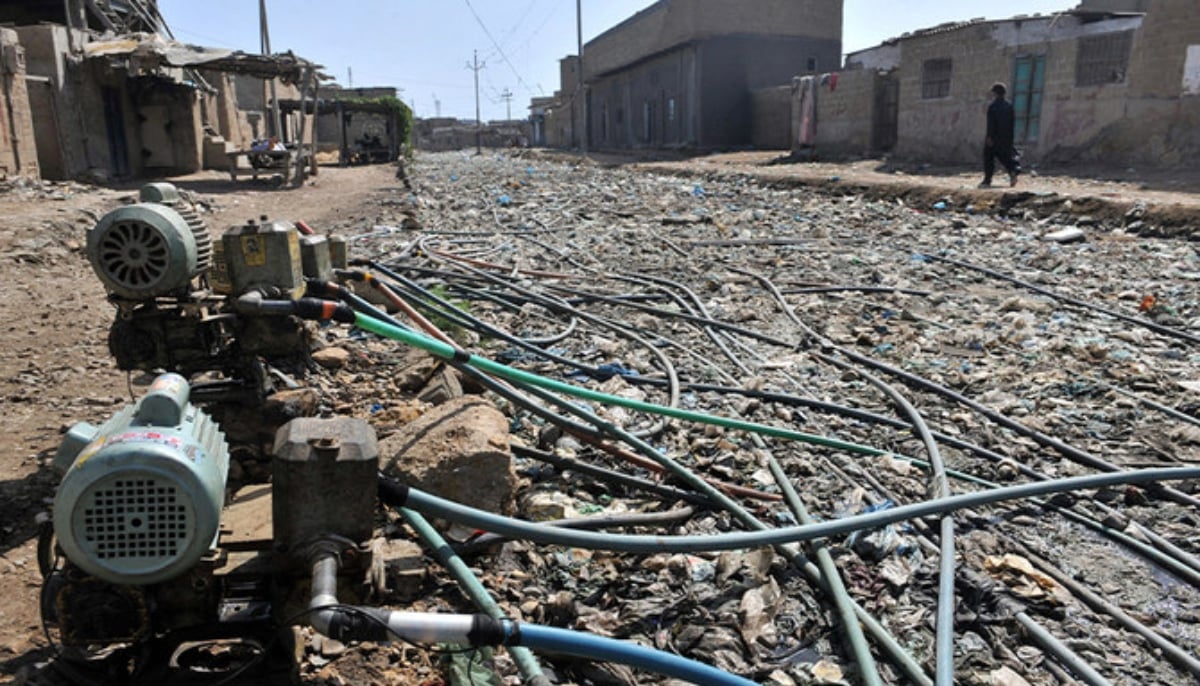
Much of the city's garbage was dumped into these drains, which had already lost their drainage capacity as a result. Therefore, even moderate rainfall turns into a disaster for Karachi. With drains clogged, water gushes out of manholes and into the streets — thus urban flooding. On top of it, illegal construction or in other words encroachment on natural water routes narrows drains, leaving them further incapacitated. In the absence of proper maintenance, those constricted drains cannot even handle light rainfall.
Reducing the risk
A holistic approach, focusing on both short-term and long-term strategies, is critical to address these issues. First, we need to develop a comprehensive waste disposal system that works. This is not going to work without engaging communities and residents in the process. When and if an improved system is in place, it will not only deal with the current waste crisis but also create sustainable practices to prevent future waste from accumulating in both sewers and drains.
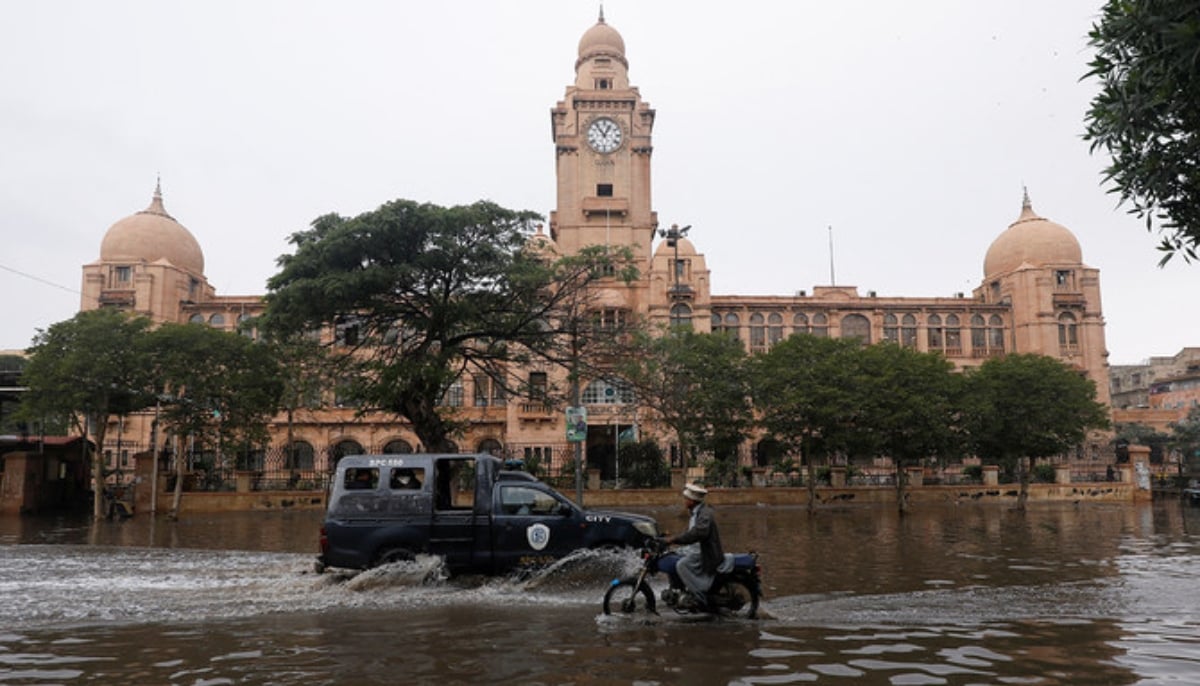
It’s worth noting that Karachi has a total of 41 major and 510 minor storm drains with the former falling under the Karachi Metropolitan Corporation, while the latter is managed by the Town Municipal Corporation. Although it is critical to clean these drains regularly, a year-round plan is imperative to ensure they remain functional in all weather conditions.
The next step is the removal of encroachments on drains in a way they do not return in the future. Modern technologies like Geographic Information System (GIS) surveys, rainwater harvesting and mapping must be employed to upgrade the system. Nevertheless, without strong political will none of these measures is possible.
Muhammad Toheed is an urban planner, geographer and Associate Director at Karachi Urban Lab, IBA. He posts on X @UrbanPlannerNED
Header and thumbnail illustration by Geo.tv



